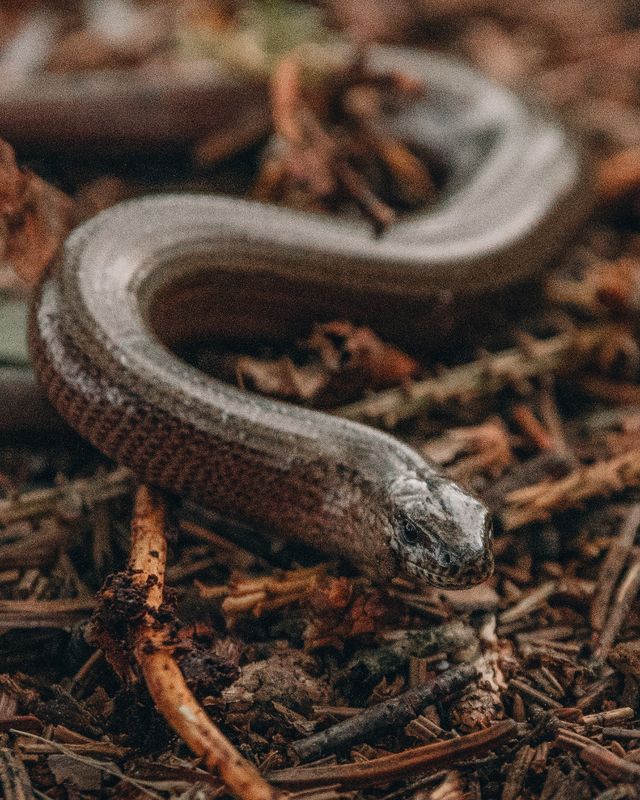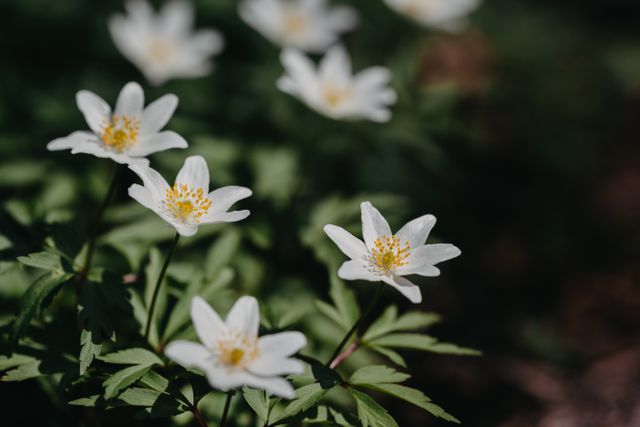Watchpost 5 was situated at this railway crossing. The watchman guarded the crossing and warned road traffic for oncoming steam trains. But the days that trains rumbled by here are over. Nowadays the forest anemone flourishes, the yellow bunting whistles and the slow-worm hides. Plants and animals call the shots along the track of the Duits Lijntje.
The Geelders
Coming from Boxtel the Duits Lijntje follows the track to Schijndel through nature reserve the Geelders. The area consist of coppice walls, deciduous forest with alleys, poplar forests, heath, pastures and meadows. Nowadays loam forest the Geelders is amongst the most important wet forested areas in the Netherlands. Due to the loam in the soil, water will not easily drain away.
Borders and poplar wood
Interesting in this area are the borders, that allow for the cultivation of trees. The oblong mounts between manmade ditches allow for the water to drain more easily. originally mostly poplar trees (for the clog-making industry) and oak trains were planted here. The information signs alongside the Duits Lijntje in Meierijstad are also made of poplar wood from this region.
Flourishing forest anemones
At various locations in the Geelders forest used to be there for centuries. In these old forest cores original forest plants can be found, like the slender primrose and the one berry. In spring the fields full of forest anemones are a treat for the eye! You can also find hundreds of sorts of regular and nocturnal butterflies. Can you discover the rare little kingfisher butterfly? Or the heather blue butterfly?
Beautiful birdlife
The dens in trees are a breeding- and hiding-place for many species of animals like tawny owls and stone martens and the nature reserve accommodates important populations of the woodcock and the honey buzzard, a hawk-like bird of prey. And with a little luck you can also observe the great grey shrike. This songbird behaves like a bird of prey. What’s striking is that the male impresses the female by putting up his prey in bramble bushes. Along the Duits Lijntje you can also hear the singing of the yellow hammer, also known as the little Beethoven bird.
Special reptiles
The surroundings of the railway track make a suitable habitat for special reptiles like the slow worm and the viviparous lizard. The slow worm looks like a snake, but is in fact a lizard without legs. It has got a short body and a long tail. The reptile can reach a length of almost 50 centimetres. The viviparous lizard is smaller. This cold blooded animal likes a varied landscape in which it can both sunbathe and hide. Who knows, you might discover the lizard enjoying the sun near the railway track.
-

-

-
Go to other translations
Do you want to read more about the Duits Lijntje? Go (back) to the translations of the other locations on the railway track in Meierijstad.
Go to other translations
